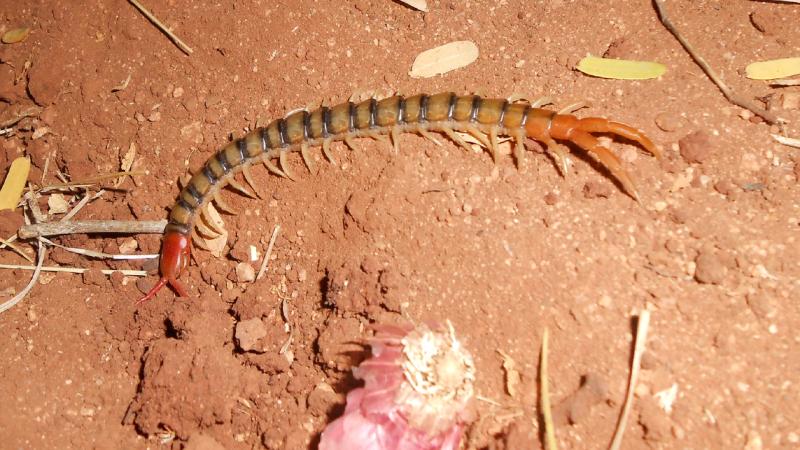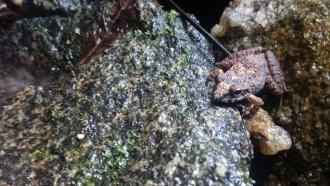
In a new study to be published in the journal ‘Invertebrate Systematics’, researchers Dr. Jahnavi Joshi and Dr. Greg Edgecombe from the Natural History Museum, London, have set out to determine the species boundaries of an old-world tropical centipede from the genus ‘Ethmostigmus’, from Peninsular India.
The species in Ethmostigmus genus are closely related, having very similar physical characteristics. This makes it hard to identify individuals from this genus to a species level, based on observing these external features alone. Hence, depending on the taxa, scientists use integrative taxonomy which uses a combination of datasets such as external morphology, anatomy, geography, reproduction modes, ecology, morphometry and genetic sequences to determine and define species boundaries, or the features that distinguish one species from another.
Centipedes are a group of carnivorous arthropods having one pair of legs per body segment and can have a varying number of legs, ranging from 30 to 354. Although they are often treated as creatures of annoyance due to their painful bite, they happen to be economically useful as they play a vital role in pest control. They prefer wet and moist places and can often be found lurking below dead tree barks, rotting wood and rocks.
India is home to over a hundred species of centipedes belonging to 11 genera. Members of the genus Ethmostigmus belong to Scolopendridae, a family of large centipedes. These giant centipedes have modified claws that curve around their head and can deliver venom into its prey. The venom is toxic enough to cause severe pain in humans which can last for several days.
The evolutionary history and relationships among the organisms in this family were comparatively studied from the DNA of 427 samples of centipedes. The comparison revealed that Ethmostigmus is a monophylyl group - a group of organisms that have all descended from a common ancestor. The authors in this study, use a combination of physical features, DNA sequences, and geographic distribution to classify the species in the genus Ethmostigmus and determine their species boundaries.
Four of the five species of Ethmostigmus known from Peninsular India, occur in the Western Ghats biodiversity hotspot. The Eastern Ghats is home to just one species, which was last reported 130 years ago.
This study highlights the significance of using an integrative approach in the classification and nomenclature of species. Particularly in understudied areas with a high biological diversity and where variations in external features is narrow among closely related species.






